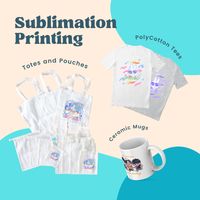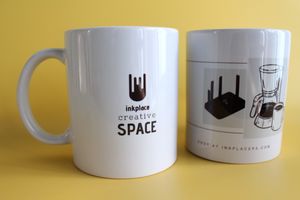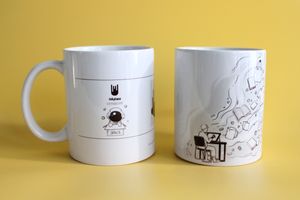
What is Sublimation Printing?
Sublimation printing, also known as dye-sublimation printing, is an innovative digital printing technique that utilizes a unique chemical process to effectively transfer an image onto a variety of materials. This process is particularly valued for its ability to produce vibrant, high-quality prints that can resist fading and maintain their vividness over time.
The term "sublimation" originates from a scientific concept that describes the transformation of a substance from a solid state directly into a gaseous state, bypassing any liquid phase. This remarkable method allows for intricate designs to be infused into substrates, making it a preferred choice in various applications, including clothing, home décor, and promotional items.

How Does It Work?
1. Printing on Transfer Paper
The process begins with a design being meticulously printed onto specialized sublimation transfer paper. This paper is designed specifically for this method of printing and utilizes sublimation inks, which have the unique property of remaining solid at room temperature. This ensures that the ink is stable until it is subjected to the necessary heat and pressure needed for the transfer process.
2. Application of Heat and Pressure
Once the design is printed, the transfer paper is precisely positioned on a blank item, such as clothing or a hard surface. A heat press, an essential tool in this process, is then employed to apply both high temperature and significant pressure to the transfer paper. This combination is crucial as it activates the sublimation process, allowing the ink to bond with the substrate.

3. Dye Transfer Process
As the heat is applied, the solid ink on the transfer paper undergoes a remarkable transformation, changing from a solid form into a gas. This gaseous ink is vital, as it penetrates deeply into the fibers of the material, creating a strong bond at a molecular level. This ensures that the design becomes an integral part of the item, leading to vibrant and long-lasting images.
4. Cooling Phase
After the heat application, the material is allowed to cool down. During this cooling phase, the gaseous ink reverts back to a solid state. This transformation solidifies the ink into the fibers of the substrate, making it a permanent part of the item rather than just a surface print. The end result is a beautifully vibrant design that is durable and resistant to fading over time.
See samples of Sublimation Printing












